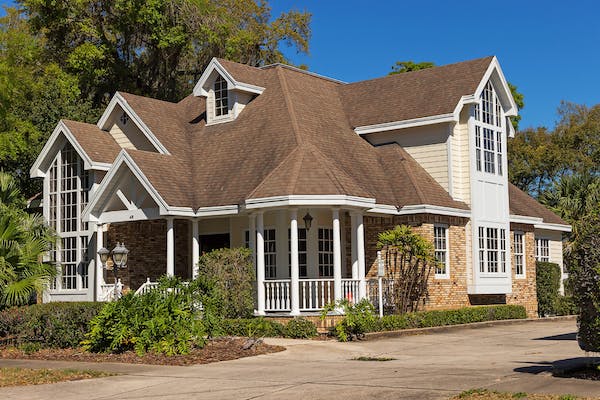The real estate market is a crucial factor that affects various aspects of homeownership, including home insurance rates. In the case of Portola Valley, a picturesque town nestled in the heart of California’s Silicon Valley, the local real estate market has a significant impact on home insurance premiums. This article explores how the unique characteristics of Portola Valley’s real estate market influence insurance rates and what homeowners should consider when seeking coverage.
- Location and Natural Hazards:
Portola Valley’s idyllic location amidst the Santa Cruz Mountains brings both beauty and risks. Surrounded by dense forests and situated in close proximity to earthquake fault lines, the town faces a higher risk of wildfires and seismic activity. Insurance providers factor in these natural hazards when determining home insurance rates, resulting in higher premiums for properties in Portola Valley compared to areas with lower risks. - Home Values and Replacement Costs:
Portola Valley boasts some of the most affluent neighborhoods in the region, with high-end properties and lavish estates dotting the landscape. The higher home values in the area contribute to increased replacement costs, which directly impact insurance premiums. Insurers consider the cost of rebuilding or repairing a home in Portola Valley, taking into account the luxury finishes, custom designs, and high-quality materials used in construction. - Security Measures and Crime Rates:
Portola Valley is renowned for its secure and close-knit community. The town’s low crime rates and robust security measures, such as private security patrols and neighborhood watch programs, play a role in determining home insurance premiums. Insurance providers often offer discounts for homes equipped with security systems, as they reduce the likelihood of burglary and property damage. - Local Building Regulations:
Portola Valley’s local building regulations and codes significantly influence insurance rates. The town enforces stringent building standards to mitigate risks associated with earthquakes and wildfires. Homes built in compliance with these regulations, including fire-resistant materials, reinforced foundations, and seismic retrofitting, are likely to receive lower insurance premiums due to their increased resilience. - Flood Zones and Additional Coverage:
While Portola Valley is not prone to flooding, it is essential for homeowners to assess their property’s proximity to flood zones. Even properties located outside designated flood zones can still be at risk during heavy rainfall or in areas with inadequate drainage. Homeowners residing near waterways or areas prone to localized flooding may need to purchase additional flood insurance coverage, which can significantly impact insurance rates.
Conclusion:
Portola Valley’s real estate market exerts a notable influence on home insurance rates due to factors such as location, home values, security measures, building regulations, and flood zones. Homeowners must be aware of these dynamics when seeking coverage to ensure they have adequate protection in place. By understanding and addressing these factors, homeowners in Portola Valley can make informed decisions and navigate the complexities of the local real estate market while securing comprehensive and affordable home insurance.
